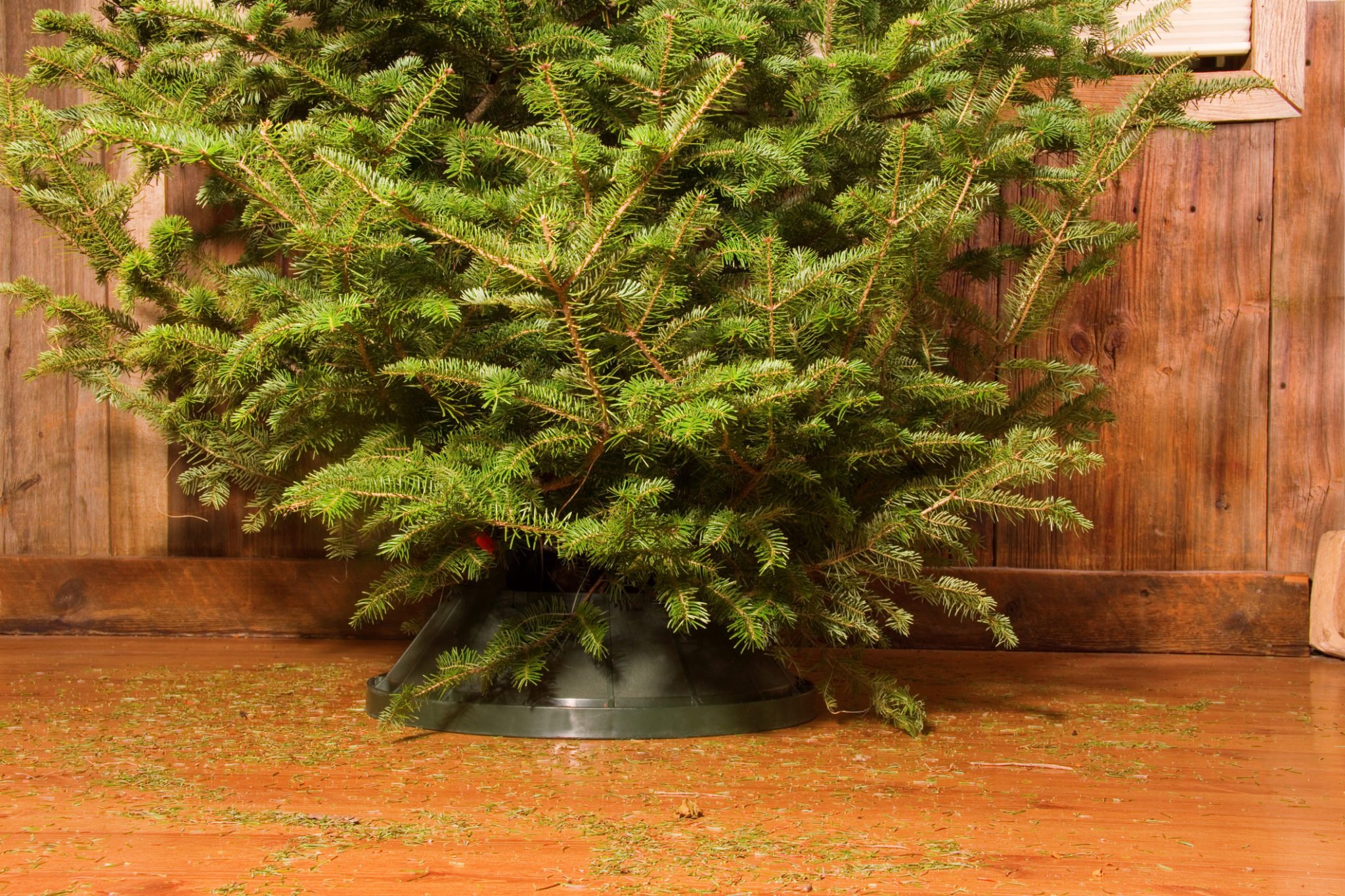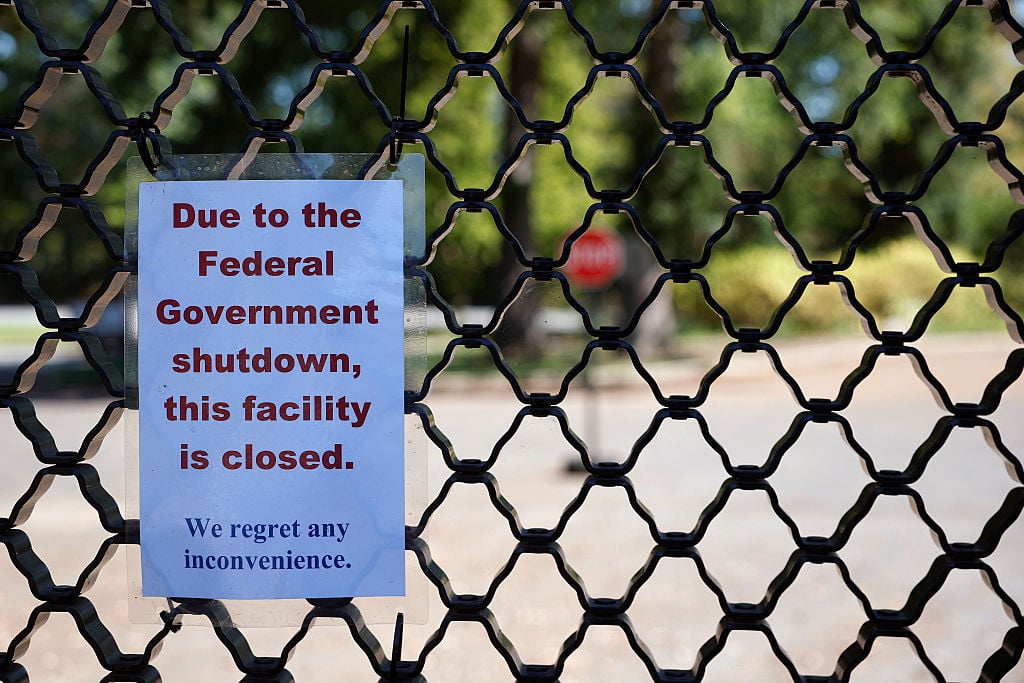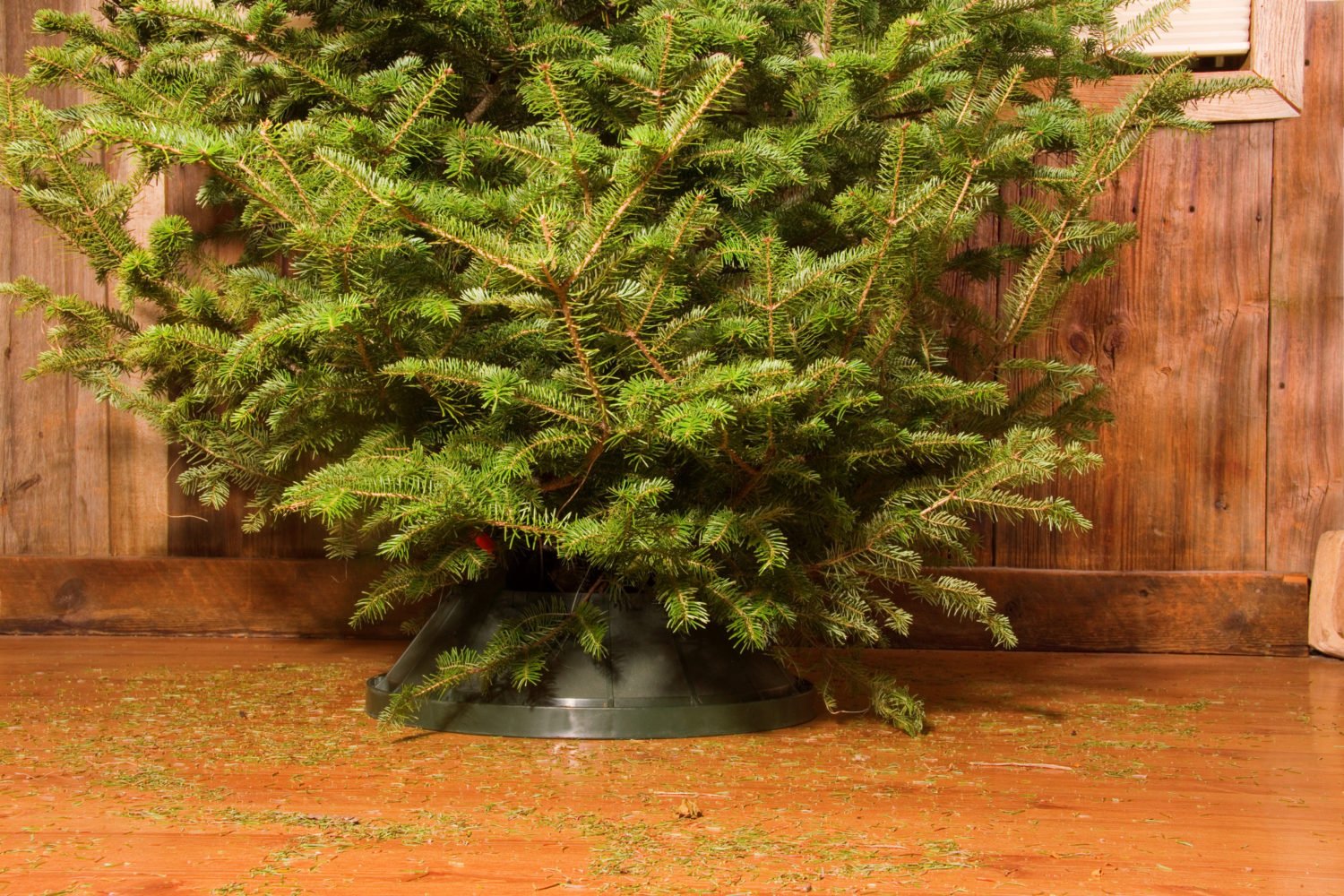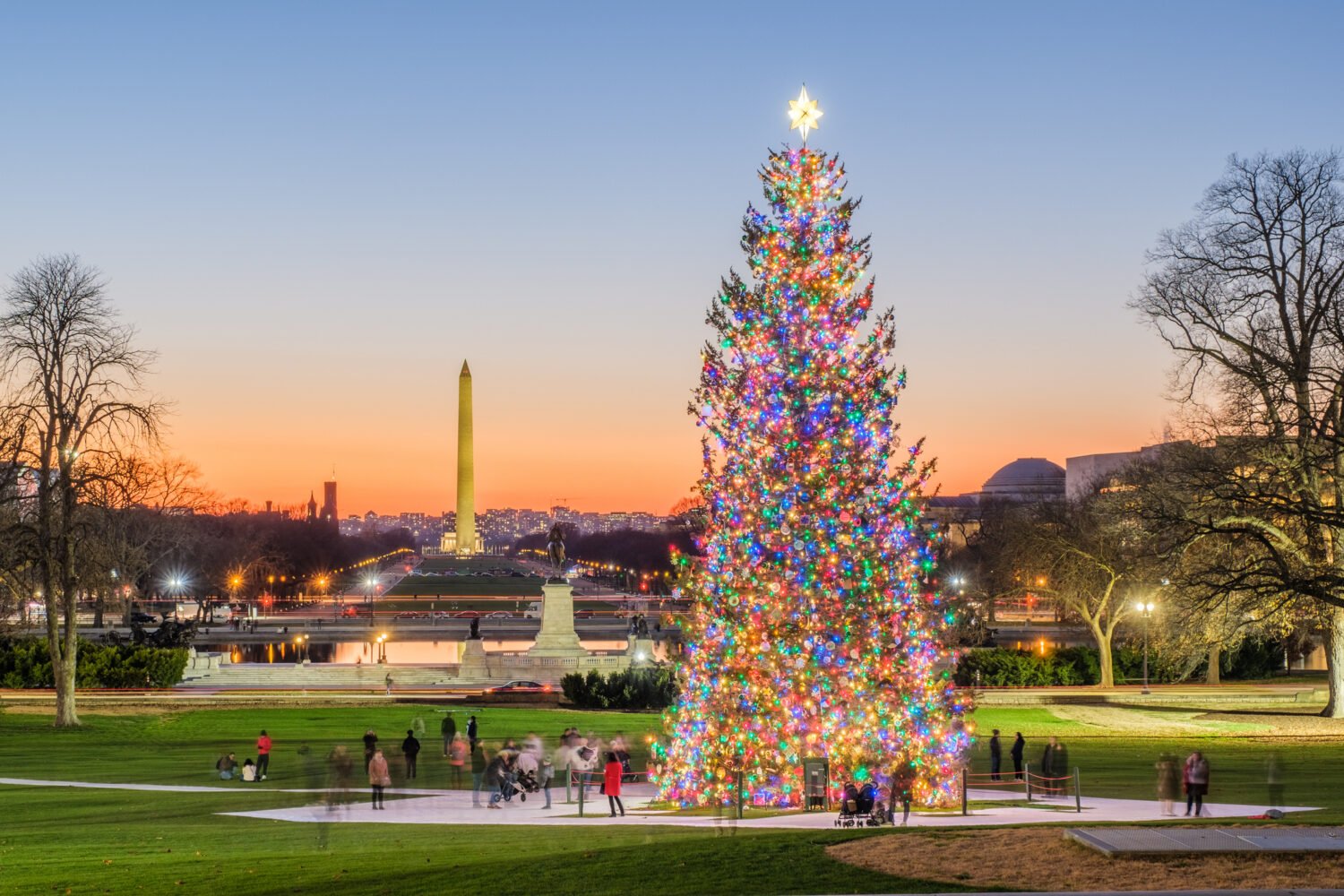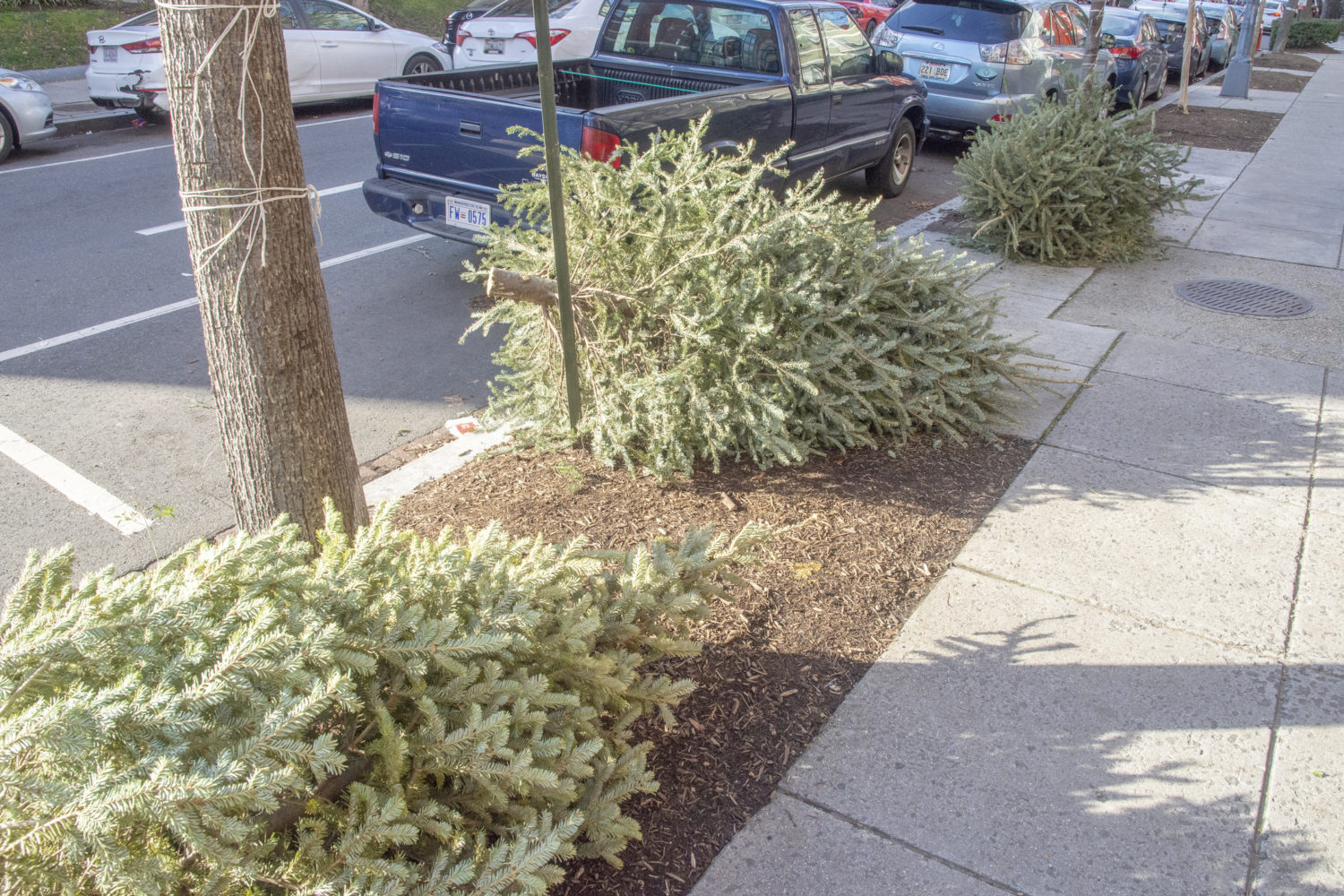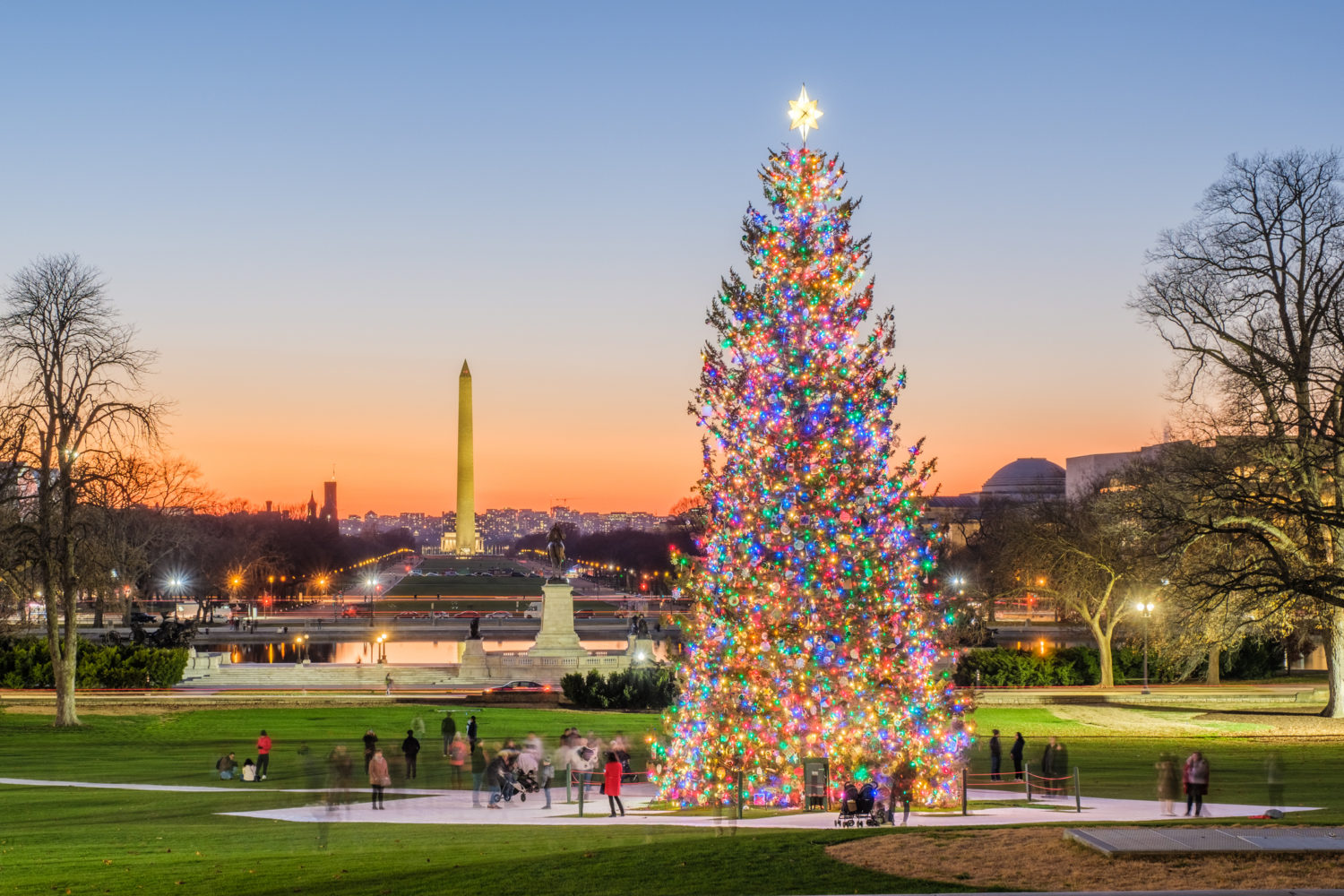It is still November, but hunger for Christmas decorations is such that traffic to our guide to seeing Christmas lights is through the roof and, if my block is any indication, mine is the rare family nearby that didn’t purchase a tree the weekend after Thanksgiving. Doug Hundley, spokesperson for the National Christmas Tree Association, which is based not at the North Pole but in Littleton, Colorado, and represents thousands of conifer farmers, says consumers definitely seem to be buying more trees earlier this year.
Why? Perhaps the gloom and loneliness of this very weird year? Seems plausible!
Whatever the reason, you shouldn’t have to worry about not being able to bring home a tannenbaum if you wait a little longer: The US grows some 350 million Christmas trees, around 10 percent of which are harvested annually. “We’ve never had a shortage,” he says. “We’ve simply not had an oversupply.” The US Christmas tree market, which is augmented by trees shipped in from Canada, had too many trees from about 2000 to 2012, Hundley says, and now has a “nice balance between supply and demand.”
But say you do buy a Christmas tree in late November or early December. How can you prevent your floor from becoming covered in painful, dry green needles? The National Christmas Tree Association doesn’t like to promote one variety of tree over another, Hundley says, though he allows that firs, which are plentiful from DC north up the East Coast, “seem slightly longer lasting.” Noble firs and Fraser firs are popular, he says (this year the White House has a Fraser fir in its Blue Room), and the Washington area usually sees a lot of balsam firs.
Hundley’s association has lots of helpful maintenance tips on its website, and he says the most important thing is to keep your tree watered, with at least a quart of water per inch of tree diameter in your stand. “A tree well taken care of will do fine,” he says. He’s a fan of long funnel devices that allow you to water your tree standing up—some models even include a dipstick, he notes. Adding sugar or aspirin to your water is not necessary. “There’s no university research that has ever determined that additives help,” he says.
Emboldened by this fact, I asked Hundley if he had any tips for cleaning up needles that do fall. He patiently recommended I familiarize myself with my vacuum cleaner’s brush attachment.

